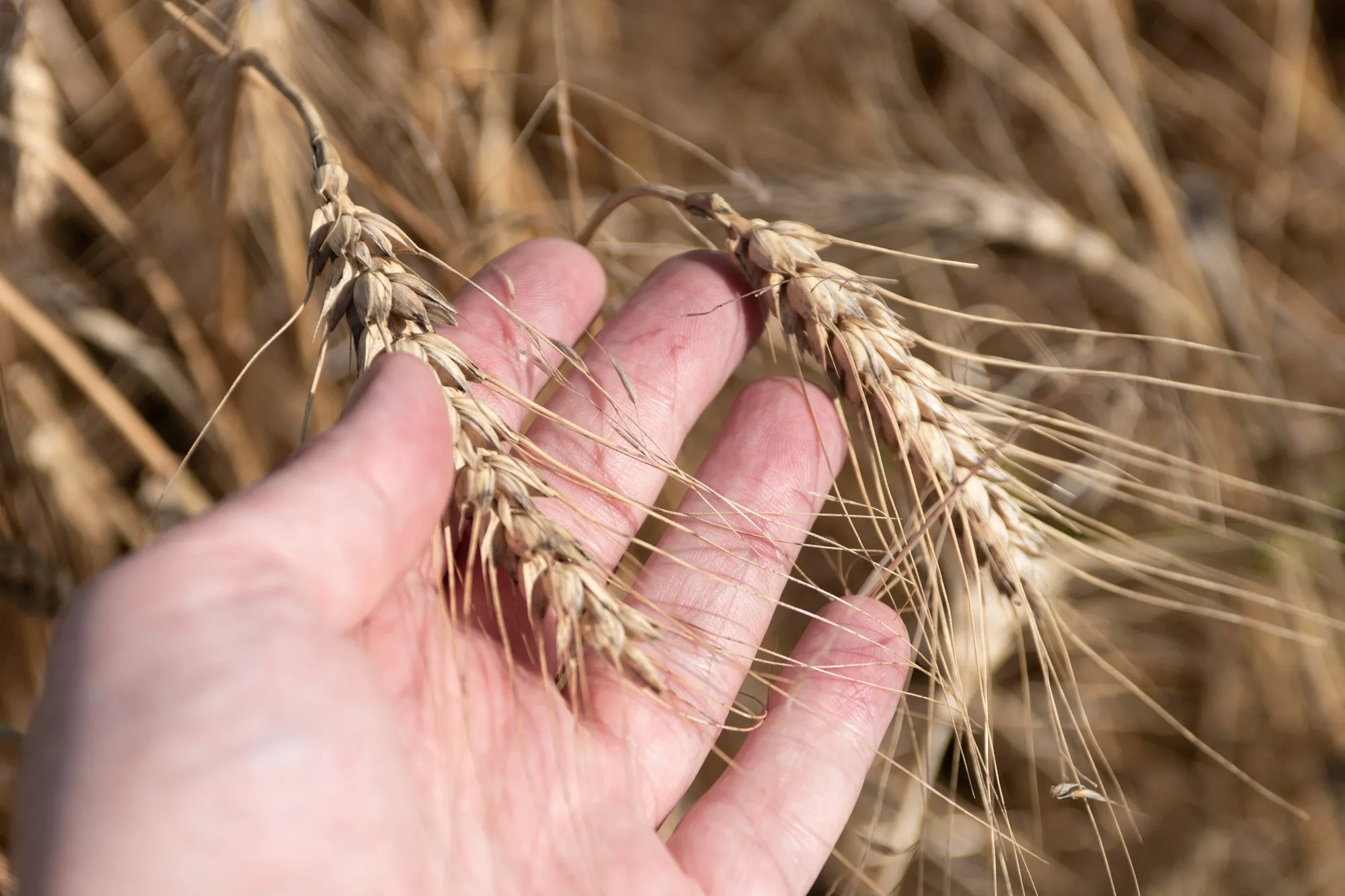In a landmark study that could revolutionize wheat breeding and crop security, scientists have identified a critical gene responsible for resistance against Fusarium head blight (FHB), a devastating disease affecting cereal grains worldwide. Published in Scientific Reports, a research team led by Dr. Agata Gadaleta from the University of Bari “Aldo Moro,” along with colleagues, carried out map-based cloning to identify a specific gene on the 2A chromosome of durum wheat that confers resistance to FHB. The effects of this fungal pathogen are far-reaching, leading to significant losses in yield, grain quality, and the contamination of crops with harmful mycotoxins. However, the breakthrough discovery of a wall-associated receptor-like kinase (WAK2) gene could be a game-changer for wheat production and the fight against food insecurity.
DOI: 10.1038/s41598-019-43334-z
The Perilous Impact of Fusarium graminearum
Fusarium graminearum, the culprit behind FHB, has long been the bane of wheat farmers. This insidious fungus attacks the head of the wheat, leaving behind toxins that not only ruin the crop but also present serious health risks when consumed by humans and animals. Traditional control methods, such as fungicides and crop rotation, have resulted in only limited success. Consequently, the agricultural community has turned its focus to breeding wheat varieties with natural resistance to FHB. Yet, with few resistant genotypes identified, especially in durum wheat, the quest for hardy crops has been an uphill battle – until now.
A Scientific Journey into Wheat Genetics
Dr. Gadaleta’s team approached the problem with precision and innovation. By utilizing a resistant line derived from Chinese wheat cv. Sumai-3, known for its robust FHB resistance, researchers conducted a meticulous analysis to home in on the elusive resistance genes. By enriching the QTL (quantitative trait loci) region on the wheat chromosome with 27 new SNP (single nucleotide polymorphism) markers compared to previous mappings, they were able to pinpoint the WAK2 gene.
Upon sequencing the identified region in the resistant parent, they conclusively demonstrated that the WAK2 gene’s presence correlates strongly with resistance to FHB. Wall-associated kinases such as WAK2 are believed to play a role in the plant’s immune response by interacting with pectins in the cell wall, signalling the plant to defend itself against pathogens.
Implications for Wheat Breeding and Crop Resistance
The findings of this research carry profound implications for wheat breeding strategies. With the identification of WAK2, breeders now have a specific target for developing FHB-resistant wheat varieties. This genetic information significantly reduces the trial and error associated with traditional breeding methods, paving the way for more efficient development of resistant wheat lines that are crucial to ensuring global food security.
Moreover, the applicability of these findings is not limited to wheat alone. As FHB affects other cereals like barley and maize, understanding the resistance mechanisms in wheat could facilitate cross-species breeding programs, potentially mitigating the impact of FHB across a broader agricultural spectrum.
Keywords
1. Fusarium Head Blight resistance
2. WAK2 gene in wheat
3. Durum wheat breeding
4. Wheat disease resistance
5. Map-based cloning in cereals
References
1. Gadaleta, A., Colasuonno, P., Giove, S. L., Blanco, A., & Giancaspro, A. (2019). Map-based cloning of QFhb.mgb-2A identifies a WAK2 gene responsible for Fusarium Head Blight resistance in wheat. Scientific Reports, 9(1), 6929. doi: 10.1038/s41598-019-43334-z
2. McMullen, M., Jones, R., & Gallenberg, D. (1997). Scab of wheat and barley: a reemerging disease of devastating impact. Plant Disease, 81(12), 1340-1348.
3. Bai, G. H., Guo, P. G., & Kolb, F. L. (2003). Genetic relationships among head blight resistant cultivars of wheat assessed on the basis of molecular markers. Crop Science, 43, 498-507.
4. Buerstmayr, H., Ban, T., & Anderson, J. A. (2009). QTL mapping and marker-assisted selection for Fusarium head blight resistance in wheat: A review. Plant Breeding, 128(1), 1-26.
5. Lionetti, V., et al. (2015). Cell wall traits as potential resources to improve resistance of durum wheat against Fusarium graminearum. BMC Plant Biology, 15:6.
The groundbreaking work of Dr. Gadaleta and her team opens a new chapter in the fight against FHB, offering a beacon of hope for wheat farmers, breeders, and consumers alike. The in-depth study not only illustrates the complex interplay of genes within crops but also showcases the power of genetic mapping and molecular biology in addressing critical global challenges in food production and plant disease management.
